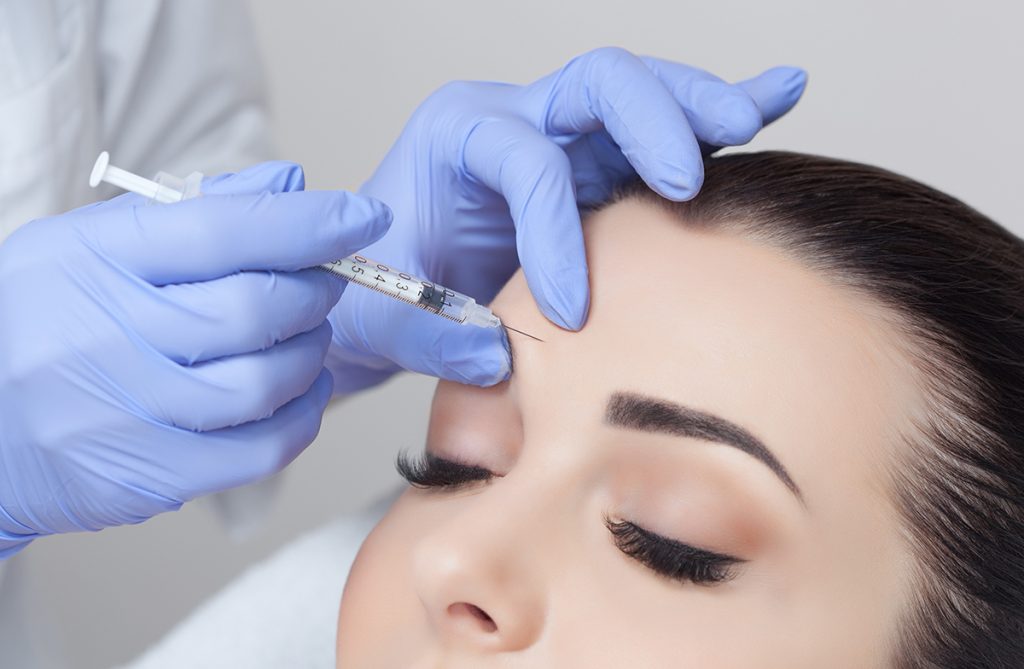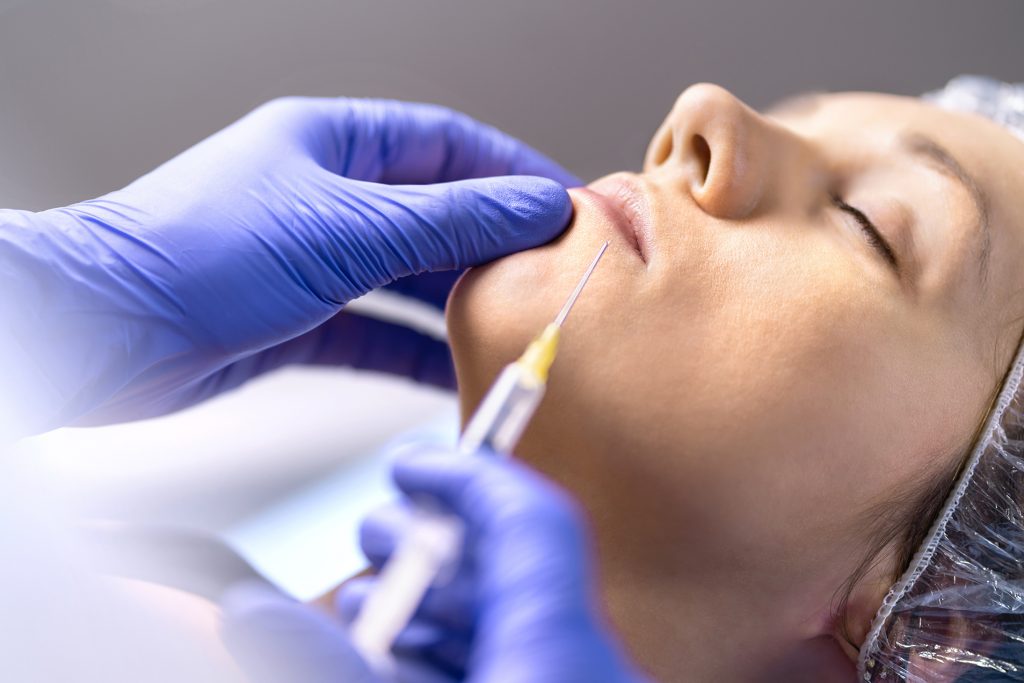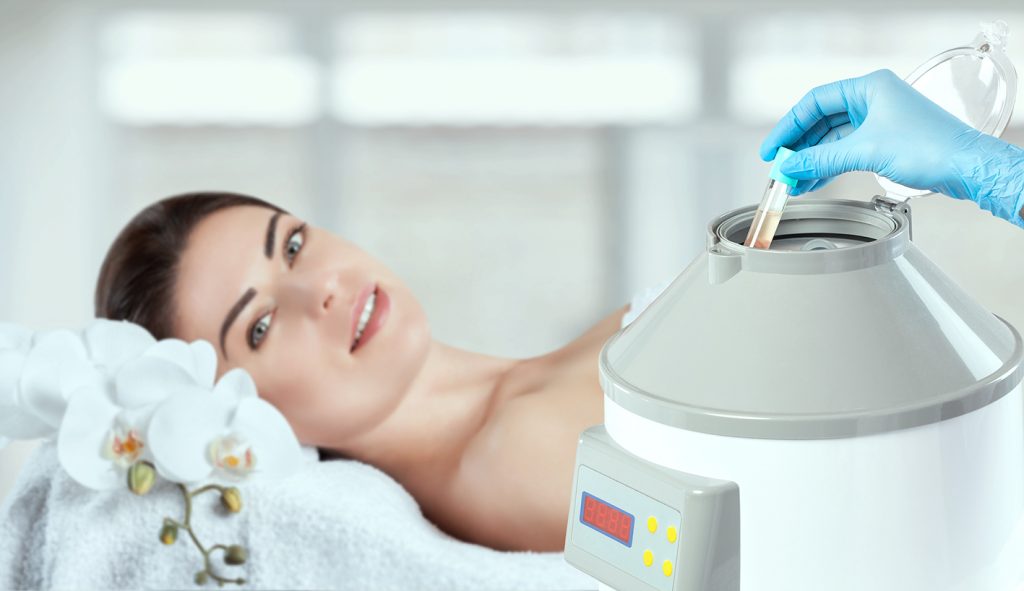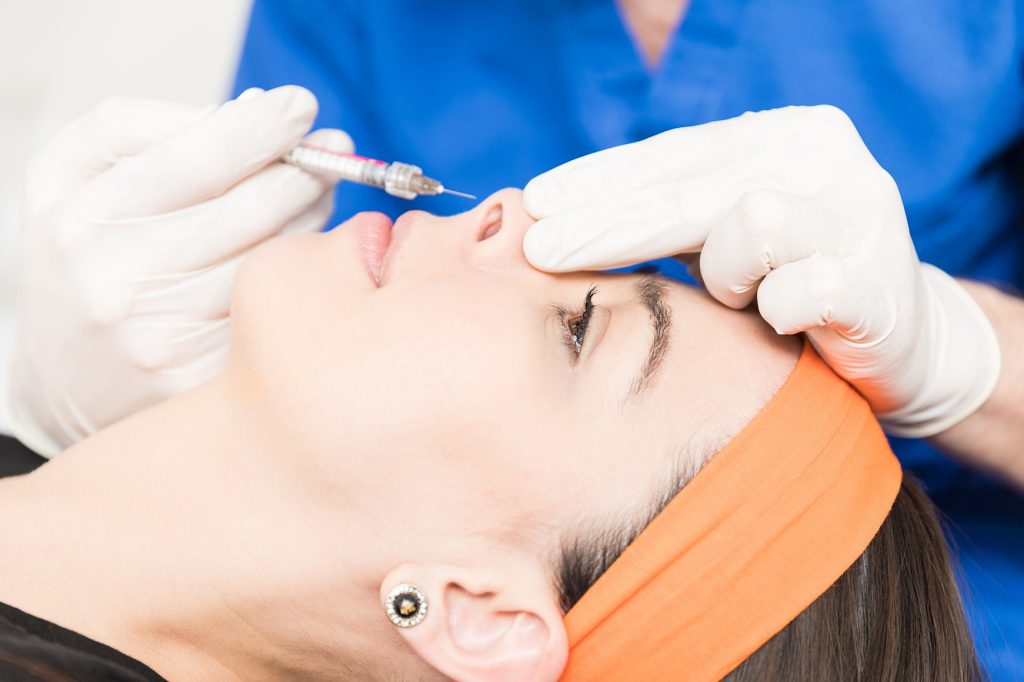BOTOX
Botox, also called botulinum toxin, is well known by people looking to fight wrinkles and signs of aging. In fact, the injection of botox into the muscle makes it possible to block the production of acetylcholine, thus leading to paralysis of the latter. Therefore, the result is not long in coming, expression lines are reduced. Indeed, botox is most often injected on the upper part of the face, in particular on forehead wrinkles, frown lines and crow’s feet wrinkles.
What are the indications for botox?
The purpose of botox is to tighten the skin. Even if its use is sometimes quite criticized, botulinum toxin has proven itself when it comes to reducing wrinkles on the forehead, around the eyes or between the eyebrows. The injections do not carry any major risk, but must imperatively be carried out by a doctor. Indeed, know-how is imperative in order to obtain a natural result that preserves facial expressions. When the dosages are not controlled, the risk is to obtain a face without any expression. Also, the technique must be mastered to avoid paralysis of the muscles. In addition, botox injections on the lower part of the face are rarer than on the upper part, because there may be a moderate and transient risk of oral paralysis.
How does the botox injection work?
The botox injection takes place during a second consultation with the practitioner. The first serving to inform the patient of the expected results, the price as well as the contraindications. Botulinum toxin is injected using micro-injections. It is fairly quick and painless. The patient can therefore resume his activities as soon as he leaves the office.
How long does the effect of botox last?
Improvement in wrinkles is visible two to three days after the injection. The skin is smoother and more relaxed, the look becomes younger for several months. After three to four months, the effects are reduced, it is then that a new injection of botox against wrinkles can be decided, in agreement with the doctor.




